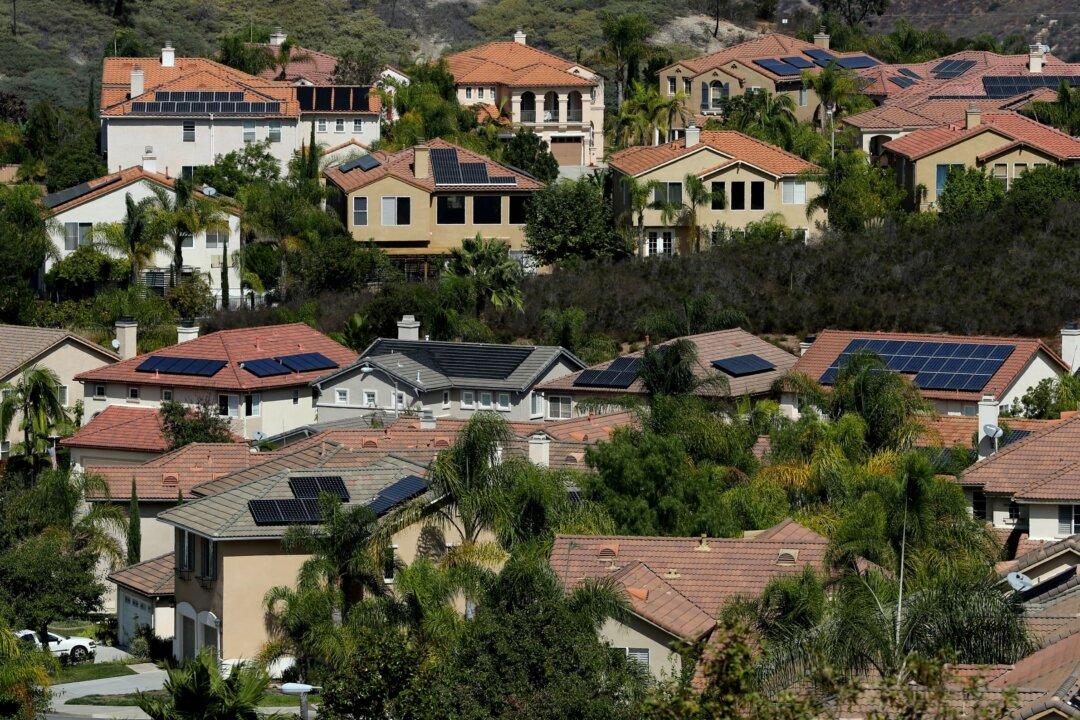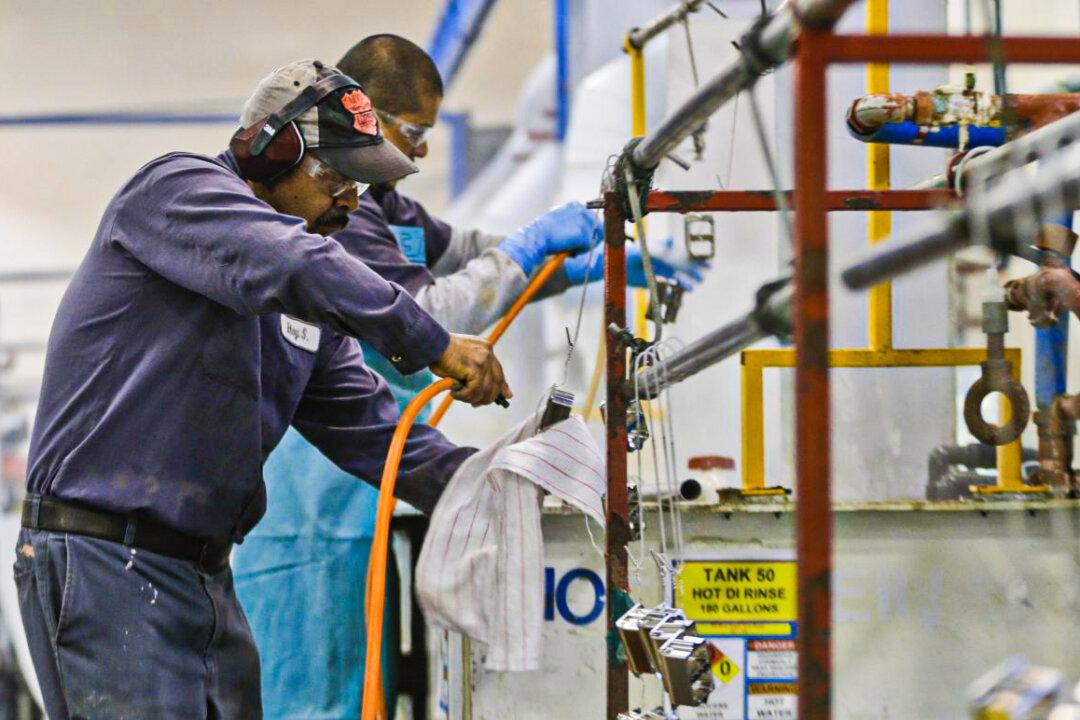Commentary
California this year has wasted enough renewable energy not connected to the grid to power more than 325,000 households—enough to provide all the household electricity needs for Anaheim, Irvine, and Riverside combined, or about 90 percent of San Francisco households.





